
To understand the history behind the Brazilian airline it’s necessary to mention that although TAM assumed the name and distinction of being the national airline for Brazil for a short period, it wasn’t the nation’s main airline and grew, in part, thanks to the demise of the former national airline, Varig in July 2006. (Varig was Brazil's national airline, which was formed in May 1927).
The story of TAM, goes back to the early 1960’s and 70's. TAM, stands for, Táxi Aéreo Marília which was a small aero-taxi business founded in 1961 in Marilia. This company and TAM-Transportes Aéreos Regionais (two different entities), both belonged to the TAM Group, which provided the start-up infrastructure for TAM Regionais in 1975.
On November 11, 1975, the Government of Brazil created the Brazilian Integrated System of Regional Air Transportation and divided the country in five different regions. Founded by Rolim Adolfo Amaro, TAM – Transportes Aéreos Regionais S/A was the third of those regional airlines to be made operational. Its services started on July 12, 1976, and its operational area comprised parts of the Southeast and Central West regions of Brazil, specifically the states of Mato Grosso do Sul, and parts of Mato Grosso, and São Paulo plus the possibility of serving the cities of Cuiabá, Rio de Janeiro, Londrina, Maringá and Brasília. TAM – Linhas Aéreas Regionais was formed as a joint-venture between TAM – Táxi Aéreo Marília and VASP, the latter of which was then a state-owned airline. The new airline flew Embraer EMB 110 Bandeirantes at first.
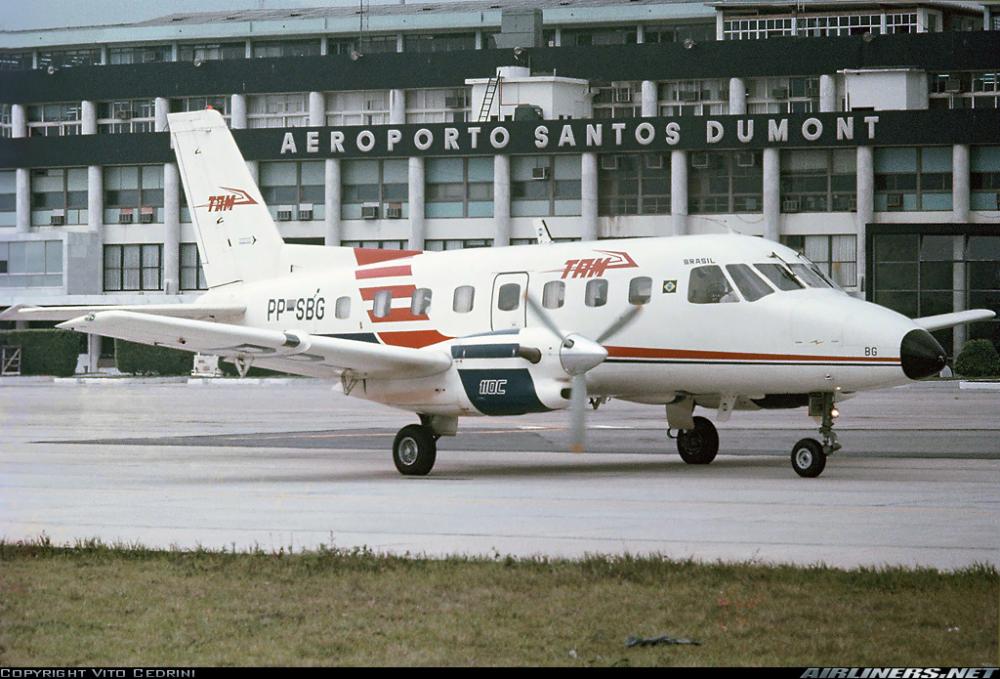
TAM went on to purchase three used Fokker F27 turboprops, which were subsequently refurbished by Fokker in the Netherlands. A fourth F27, previously owned by Air New Zealand, was added to the TAM fleet in 1981. By 1983, TAM had acquired 10 F27s.
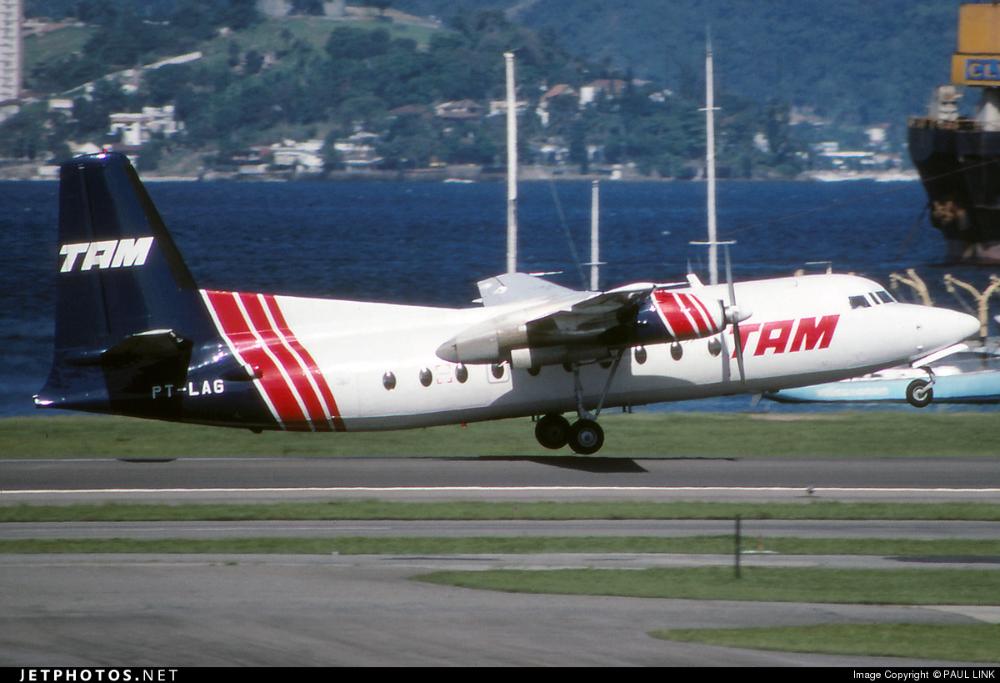
In August 1986, the company, under financial stress, went public and began floating stock in the market. The same year, TAM, Transportes Aéreos Regionais, acquired another regional airline, VOTEC. That airline was then renamed Brasil Central Linhas Aéreas. TAM and Brasil Central were both regional airlines and operated in different designated areas. They however operated as a consortium with integrated networks and fleet, with the most notable differences being the flight number IATA codes ( TAM had the IATA code KK, Brasil Central had JJ, inherited from VOTEC), the different colour schemes of the aircraft, and their areas of operation.
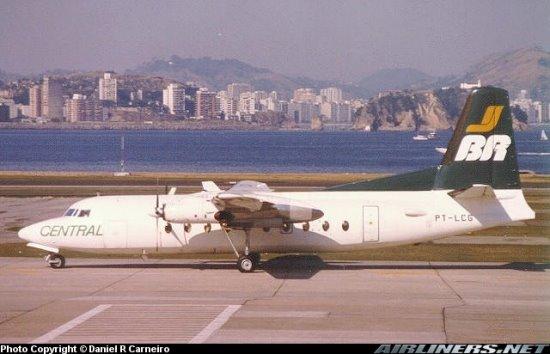
On September 15, 1989, TAM arranged for the acquisition of two Fokker 100 jets. Two more were added in 1991. On May 15, 1990, the Brazilian Government lifted restrictions on operational areas of regional airlines allowing them to fly anywhere in Brazil. As a consequence, Brasil Central was renamed TAM – Transportes Aéreos Meridionais, acquired the same colour scheme of TAM but maintained the IATA code JJ.
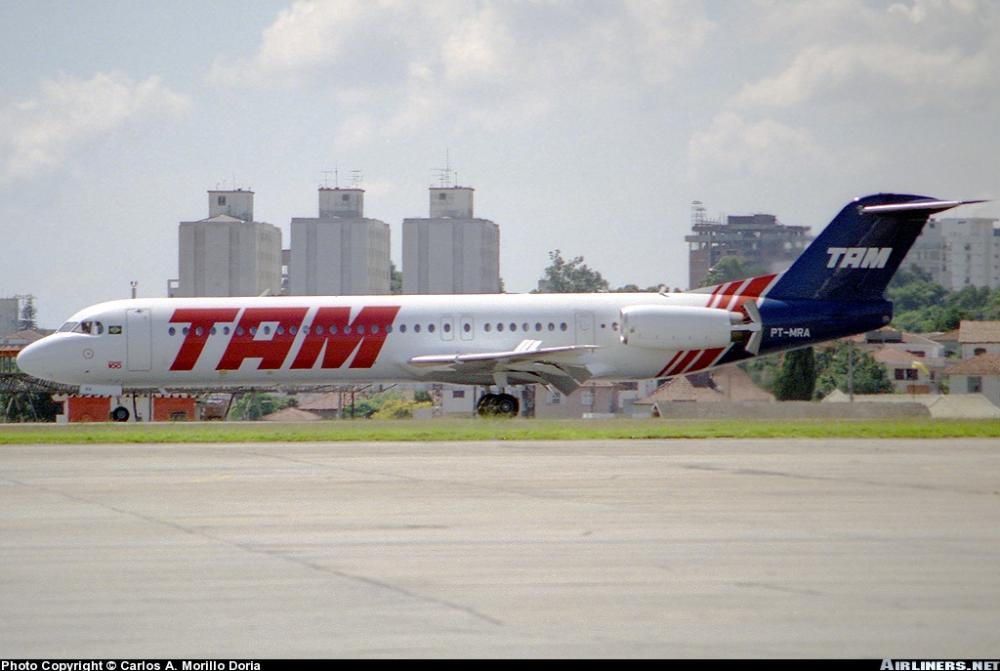
Despite TAM's success in the market, it was evident the airline would not last long when competing against airlines such as Varig and VASP, both of which already possessed Boeing 737s in their fleet. Amaro then tried to buy VASP, which was about to be privatized.
In 1994 TAM Airlines established a small subsidiary airline in Paraguay called ARPA - Aerolíneas Paraguayas with a fleet consisting mostly of Cessna 208 Caravan aircraft, formerly operated by TAM. On September 1, 1996, TAM purchased 80% of the shares of the former state-owned LAP – Líneas Aéreas Paraguayas and merged it with ARPA. The new airline was named TAM – Transportes Aéreos del Mercosur.(In 2008, following a branding strategy, the name TAM Mercosur was dropped and the airline adopted an identical corporate identity of TAM Airlines. Then in 2016 the airline was rebranded to LATAM Paraguay, at the same time as all other airlines of LATAM group).
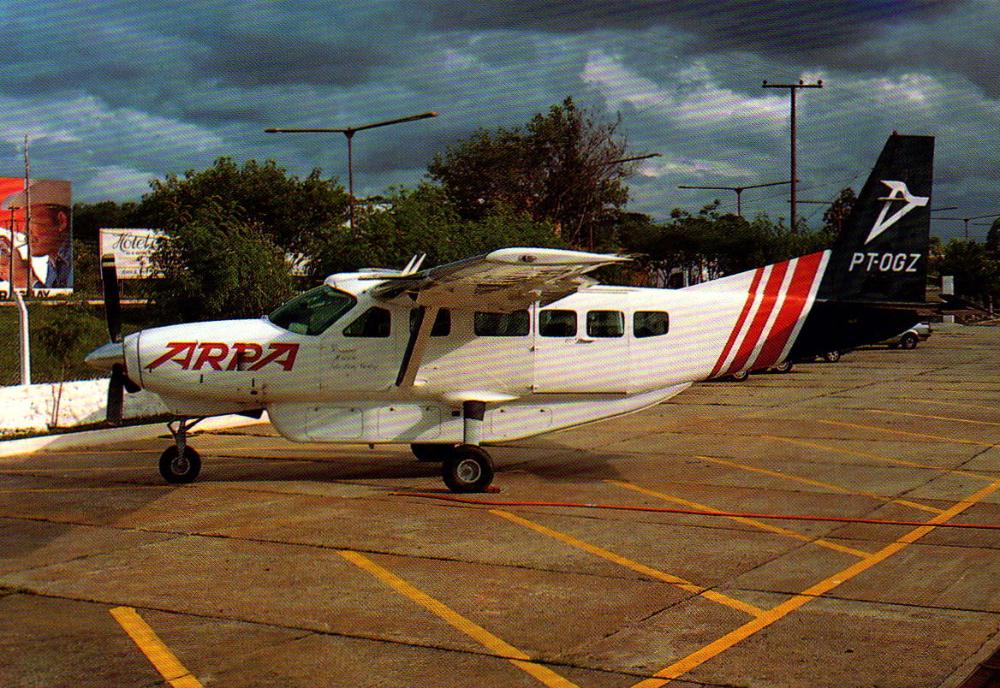
In 1996 TAM bought another airline, Helisul Linhas Aéreas, which used the trade name of TAM. In 1997, TAM ordered its first large jets; the airline ordered 45 planes from Airbus, including 10 A330s, 4 A319s, and 34 A320s. In 1997, the Airbuses began to be delivered and the airline flew its first international service, from São Paulo to Miami International Airport. Two years later, in 1999, services to Europe were inaugurated through a code share service with Air France, to Paris-Charles de Gaulle Airport.
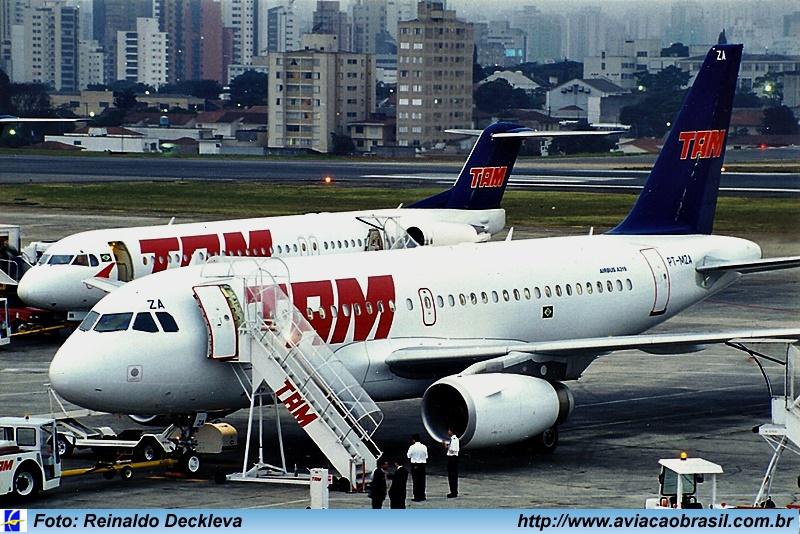
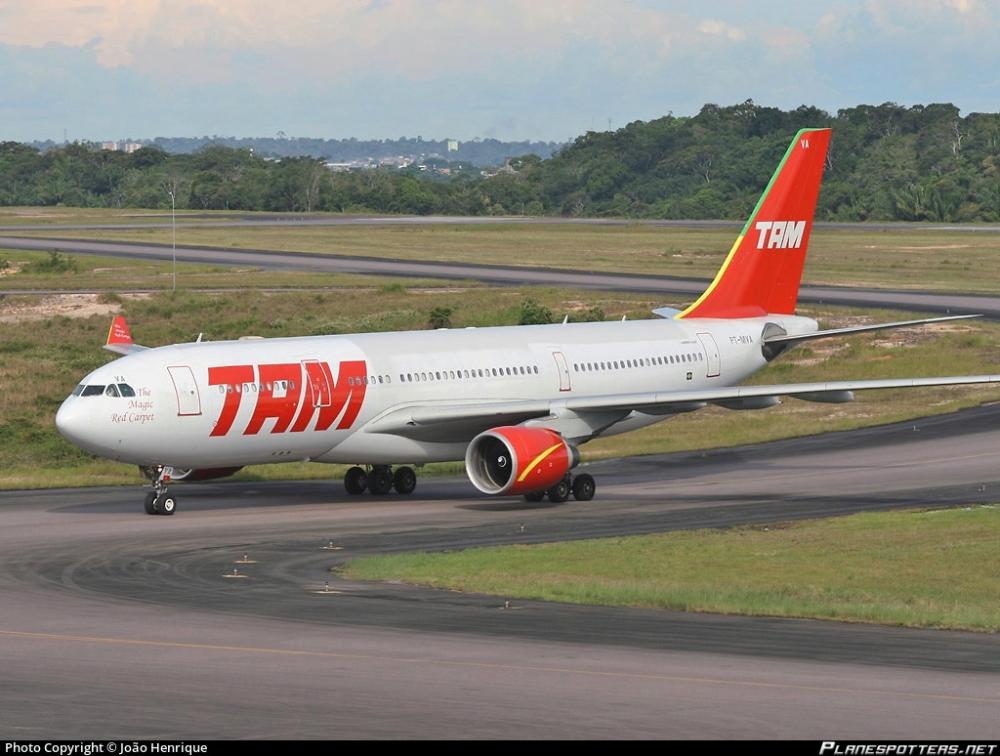
In 2000 the original regional airline TAM (KK) was merged into TAM (JJ). This led finally to a single brand and so it was renamed TAM Transportes Aéreos. The code JJ was maintained for all TAM flights. It also was renamed TAM Linhas Aéreas in Portuguese. It was at this time that the logo was updated and incorporated only red as the colour of recognition of TAM which become a true competitor to national airline Varig for the first time. Long running discussions to merge with Varig ended in 2004. Also in 2000 the airline received the first of the Airbus A320 for its domestic and thinner international routes.
.jpg)
TAM expanded and ordered new aircraft to meet its forecast growth plans, MD-11 arrived in 2007, though disposed of in 2009, Airbus A321 in 2007 and also it briefly operated the Airbus A340-500 for 5 years from 2007 to 2011. Boeing 767-300 arrived in 2008 as well as the first 777-300 which TAM used on its ultra-long haul routes across USA and Europe.
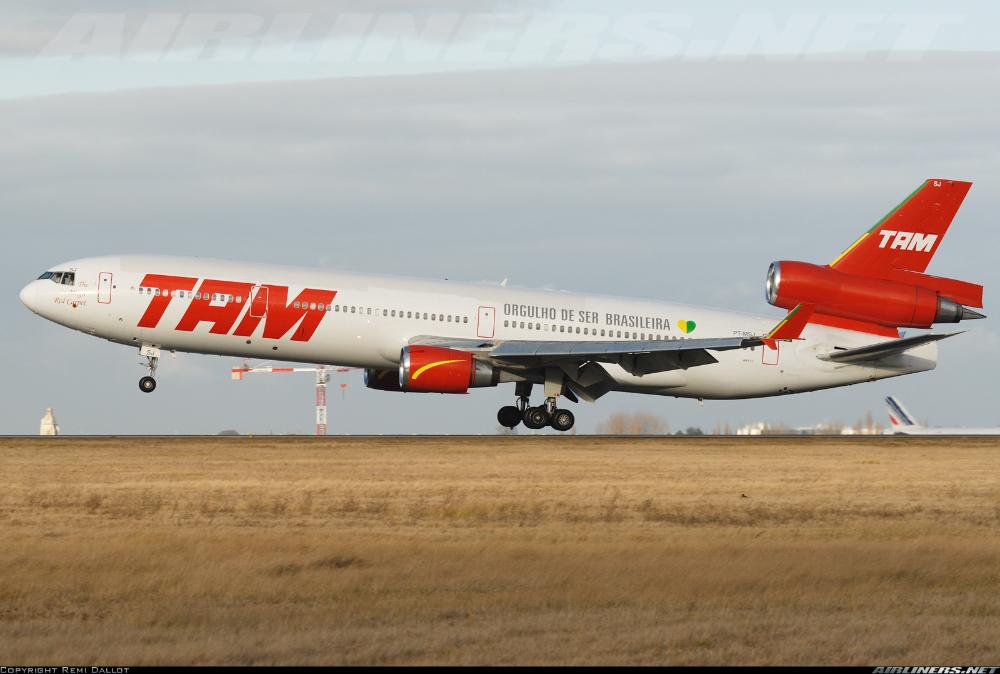
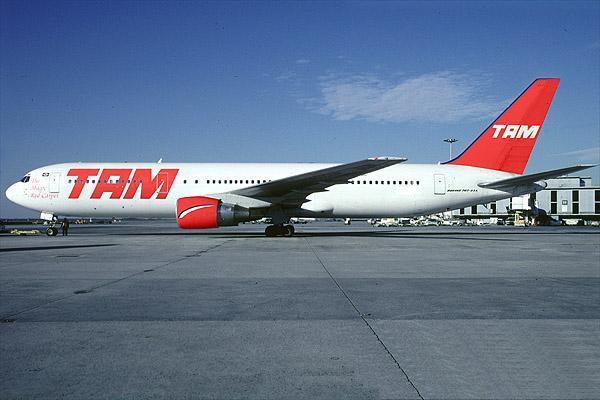
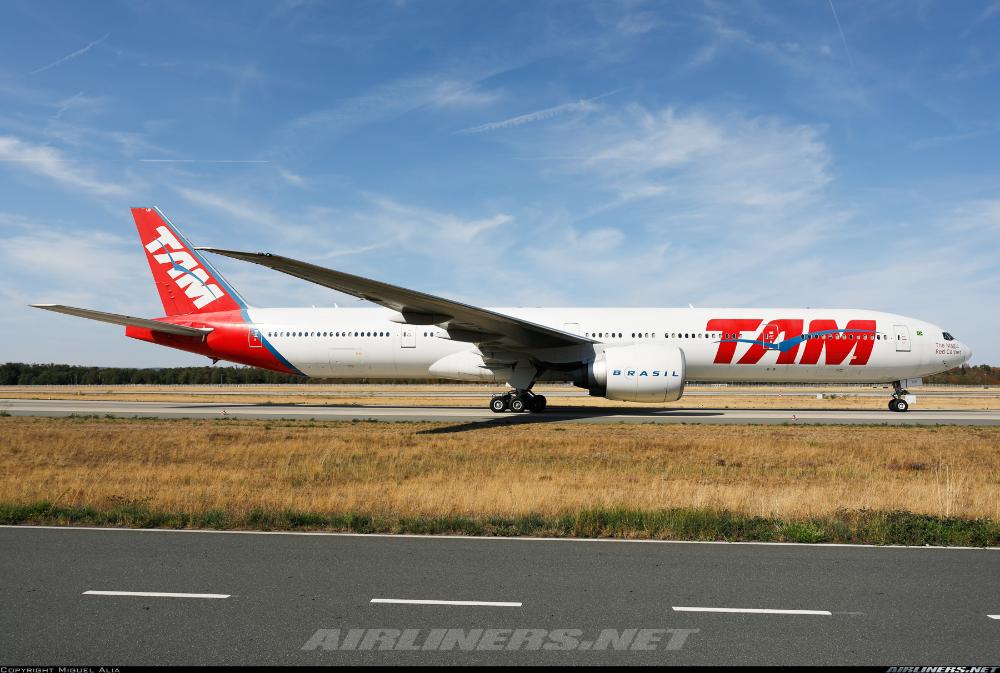
On May 13, 2010, TAM became the 27th member of Star Alliance. David Barioni served as the airline's president from 2007 to 2009. On March 30, 2011, TAM signed a letter of intentions to purchase up to 31% of the shares of TRIP Linhas Aéreas, a regional airline which code-shares with TAM since 2004. A final decision had been taken not to go ahead with the deal. (On May 28, 2012, TRIP was sold to Azul Brazilian Airlines).
On August 13, 2010, TAM signed a non-binding agreement with Chilean airline LAN Airlines to merge and create LATAM Airlines Group. This was changed into a binding agreement on January 19, 2011. Latam agreement was approved with 11 restrictions by Chilean authorities on September 21, 2011. These included transferring 4 slots at São Paulo Guarulhos to competitors interested in operating flights to Santiago de Chile, renouncing membership to Star Alliance, restricting increase capacity on flights between Brazil and Chile. On December 14, 2011, Brazilian authorities approved the agreement imposing similar restrictions as Chilean authorities. The merger was completed on June 22, 2012 and by August 2012 LATAM made a decision in favour of Oneworld, since the Chilean Airline held a stronger financial position, routes offered and interline agreements, additionally the group reduced frequencies between São Paulo and Santiago de Chile as agreed.
The final new aircraft in TAM colours was the Airbus A350-900, which was handed over to TAM on the 16 December 2015, soon after it went back to the paintshop to take on the new colours of LATAM.
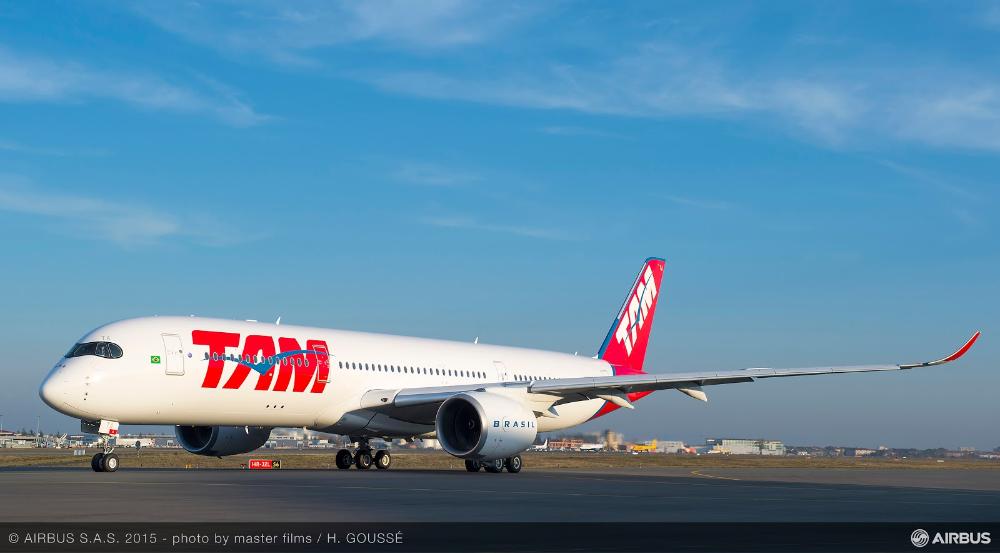
Soon after begun a long process of integration and harmonisation with both airlines to form the new group and control all subsidiaries of the previous TAM Group under one name, LATAM. Since May 5, 2016, TAM Airlines started operating as LATAM Brazil, retiring the TAM brand to the history books of Brazil and now forming part of the aviation history of the country. The airline continues to fly now a days under a new name, but its foundations and many staff still carry on the legacy of the Brazilian Airline in their respective jobs and in their memory.

.png)